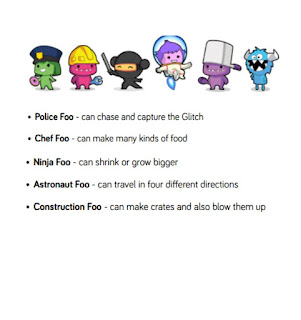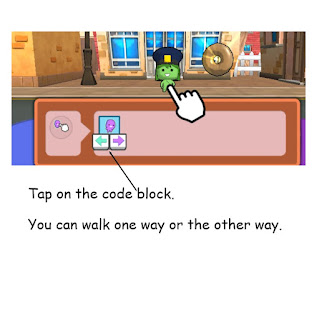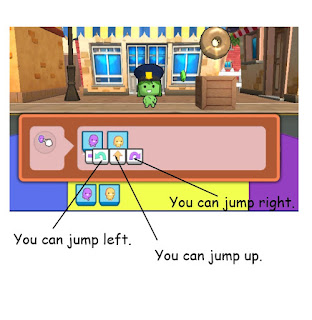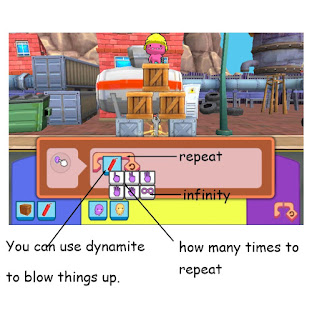Computer Science Education Week and Hour of Code are nearly upon us. How are you planning to participate in your classroom? Read this Q & A about coding and young children to help you get started!
What is coding?
-basically, coding is computer progamming. It is when we give directions to a computer to make it do something. Computers exist in many forms (your mobile phone, iPad, washing machine, thermostat, etc) and they all use code to function.
Why do you teach coding to kindergarten students?
-fun coding apps and activities introduce children to computer science at a young age, before they are intimidated by the idea of "programming a computer"
-coding exposes children to many exciting future career opportunities
-coding develops important skills such as problem-solving, creative thinking, ability to sequence, follow directions, and give directions. These skills transfer over to other subject areas and positively impact young children's overall development.
-coding promotes tenacity, as children often experience failure and have to persevere to solve coding challenges
What is "unplugged" coding?
-unplugged coding activities are a great way to begin with young children
-students don't need to use technology to experience the benefits of coding, allowing you to develop the skills without a lot of additional screen time
-we begin by giving each other oral directions and following them to walk a path around the room or move a bingo chip on a number or alphabet grid
-we transition to drawing our own code blocks and getting our friends to follow them (more on this later)
-this is an excellent way to build expressive and receptive language skills and students' ability to sequence
What are your favourite coding tools and resources?
-both tools are available for multiple platforms and are supported with some good educator resources online
-neither require reading which is important for kindergarten students' success
-in Grade 1, my friend Leah Obach also likes Tynker and Scratch Jr
-some tools can be played online, which makes it easy to project over your computer for collaborative learning and exploration
-other tools are app-based only, and I recommend airplaying them using an Apple TV or software such as Reflector
-Code.org is a goldmine of information, tutorials, and web-based coding activities (most are too difficult for little ones, but the first few levels can be done together on the SMART Board).
Once again, Mrs. Obach's class and my kindergarten class are co-hosting a Kids Who Code Code-a-thon at Hamiota Elementary School for Hour of Code. We've been collaborating via Skype to plan this day of coding, and working hard in our classrooms to become experts with our designated apps. Take a look at what we've been doing in kindergarten this week!
Unplugged coding is this simple! We used three squares on a SMART Notebook slide, then dragged different actions into each box. If we want our friends to repeat the action, we print a number beside it.
Unplugged coding in action in senior kindergarten
Mrs. Obach and I decided that my kindergarten class would become experts in an app called The Foos. At the code-a-thon, we will teach the Grade 1s and our special guests how to code using this tool. Mrs. Obach's students are in charge of Tynker and Kodable. Here are the simple tutorials we've created in SMART Notebook to teach our friends about The Foos.
The characters:
The coding blocks and how to use them:
Coding and computer programming can sound scary, but it really is this simple. Consider following these steps:
-try some unplugged coding activities as games or movement breaks
-have your students make coding blocks together, and then on their own
-download The Foos and Kodable to your devices (they're free)
-take an hour for you to play around with them (you'll get hooked and not want to stop)
-introduce it to your students by airplaying a device (The Foos is web-based too, although it is a simpler version) and working through a few levels together
-give your students time to explore and play on the devices. You might consider having them work in partners, or creating a coding centre with 4-5 learners at a time.
-come together as a group and discuss any challenges and how to solve them
-there you go, you just did MORE than an Hour of Code!
Good luck, and stay tuned for another post about our Kids Who Code Code-a-thon!







No comments:
Post a Comment